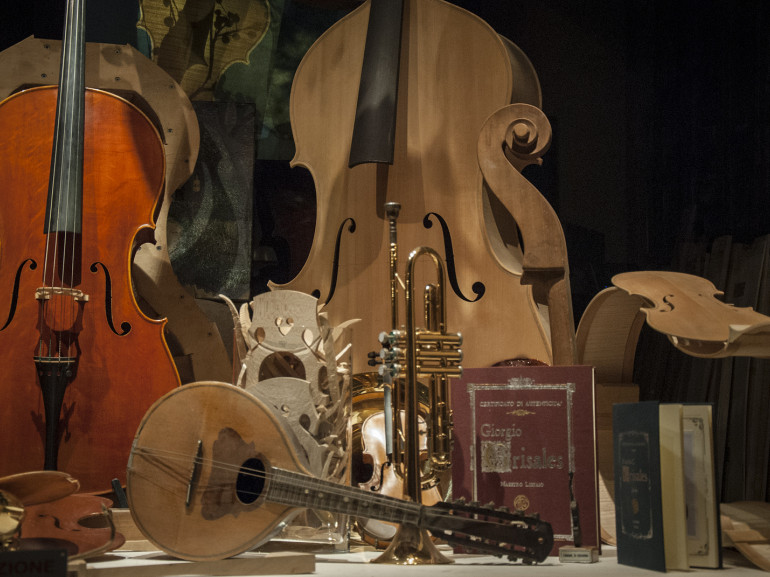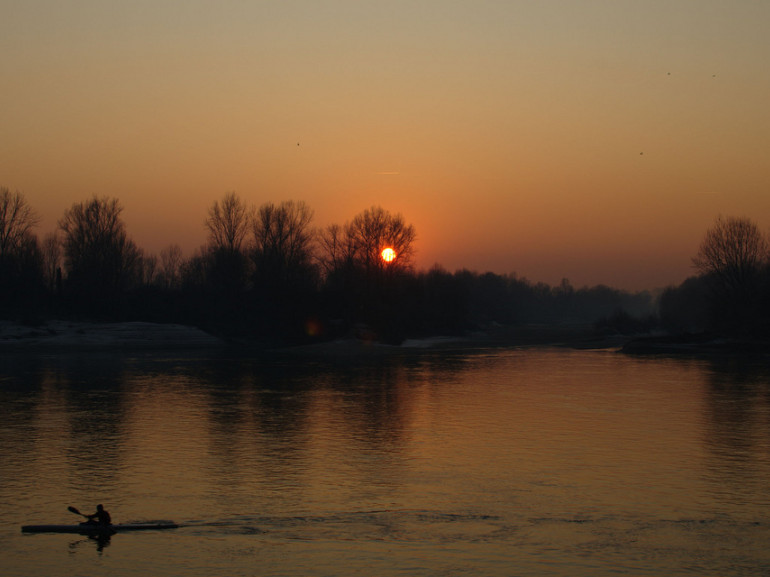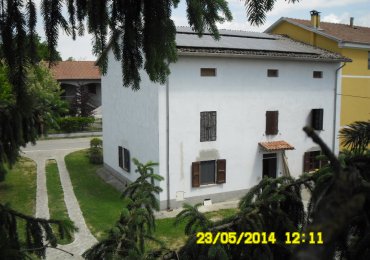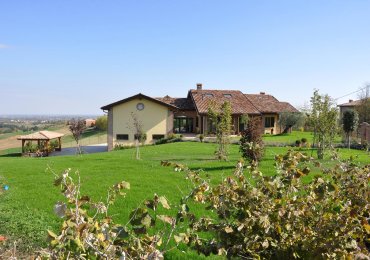
"Cremùna", the real queen of Lombardy, is a quiet and small plot of land, born by great river Po, with its vast waters.
Here you can find a lovely blend of tastes and traditions: it is also known as the "city of music". It gave birth to Stradivari, Ponchielli and Serini... their art has been known and admired all over the world and it is an inexhaustible source of inspiration for the modern violin maker.
Cremona is also a place of historical features ... a small province with the genuine and precious taste of past...
1. Best things to do in Cremona
In the main square you can find the Cathedral and the beautiful Torrazzo with its astronomical clock.
The tower bell is in fact the highest in Europe and incorporates a clock that was made before Galileo discovered the pendulum.
To ascend to the top you must be prepared to exceed the equivalent of about 37 flights of stairs, after that you can admire the very top of red brick roofs messy downstairs.

Cremona, anyway, is a city suitable for "step", without losing sight of even a corner. His quiet nature emerges from the small shops and cafes up and down the main streets.
The Bar “La Mantovana” and the “Trattoria Cerri” are two historical piece of the town, remained unchanged, truely appreciated by artists, musicians and travelers.
The musical vocation is presented to the tourists towards the end of October with "Mondomusica," a carousel of artisan craftsmanship, loved all over the world the world.

2. Nature, sport and green itineraries
Here we are along the course of Po river. The most important river of Italy and an important economical resource.
The whole area is completely submerged by green, a real dream for those who love nature and hiking; you can explore this landscape by foot or riding a bike.
Do not miss the opportunity to take short cruises on the river Po, having a look at the surroundings of the Great River. Lots of activities to try, from sport fishing to canoeing.
The Park of the former “Padane colonies” offers a real opportunity to rest from the hustle with a large green area where stands an architectural structure with the shape of the stern of a ship, typical of the Fascist period.
Do not miss the Park of the Po, with its hybrid fauna and brushwood thick.
3. Taste and local food
In Cremona it is easy to get involved in different type of dishes: Po fish and typical products.
First of all the "Pez in aion", marinated fish, do not miss the typical "Ciuta", a tasty sausage, and the cheese, with the "King" Provolone and the famous Grana Padano.
The "pigeon timbale" it’s just for the bravest tourist, and for the greedy experts, nougat: typical sweet prepared according to old traditions that can be distinguished from each other confectionery product. In Cremona nougat is almost a pagan religion, celebrated every year in the main square with a funny festival.
Cremona opens up to the vegetable. A lot of restaurants are very nterested in vegetarian food. Do not miss the beautiful “Fienil dei frati” in Soncino.

4. The Po river and surroundings
A bird's eye view of the province of Cremona is a cluster of roofs and green spots of other times: along the flow of the Po there are several places to visit. Actually the province of Cremona is influenced by the provinces of Mantua, Brescia and Parma.
Casalmaggiore with its echoes of the Grand Duchy and the beautiful neo-Gothic square, the medieval Torre De Picenardi, between Oglio river and Po and the beautiful village of Castelvisconti.
The magnificent Isola Dovarese, between Mantua and Brescia, with its charming medieval Romanesque church, narrow streets and crumbling plaster.
The second weekend of September it is celebrated the "Palio" a medieval re-enactment that tells the story of combination of the Dovara and Gonzaga. Four districts face off in tests of skill fun and exciting: the Gerre, Porta Tenca, S. Giuseppe and S. Bernardino. A rich anthology of local to be lived in taverns candlelight sipping the delicious fruity wine served in shards of pottery. A unique opportunity to summarize in a surprising mosaic yesterday life and culinary tradition.
Do not miss the Agriturismo L’Airone in Castel Franco, a small oasis at the embankment of the river Oglio: here you can enjoy vegetables and seasonal fruits and Mantua and Cremona traditional dishes revisited in a simple and innovative way.
5. Where to stay in Cremona and surroundings
Even the environmentally friendly accommodations are not lacking. You can choose between organic farms surrounded by the lush vegetation of the Po river or the wild natural parks. But there are also ecofriendly B&B housed in old farmhouses or even beautiful castles, such as Scipione castle.
Discover all tourist accommodations eco-sustainable and around Cremona
Author: Angela Sebastianelli
Cover image: photo by Nicholas Fiorentini







